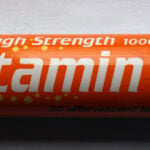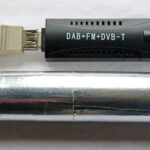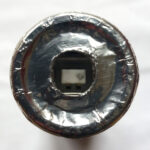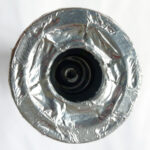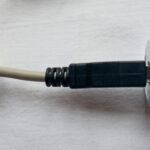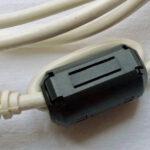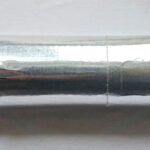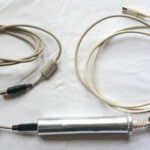Low Cost Shielding Idea for Plastic RTL-SDRs
Generic RTL-SDRs that come with a plastic enclosure can be prone to picking up interference directly via the PCB itself. Higher end RTL-SDRs generally come with a metal enclosure.
Thanks to Alan R. for submitting a low cost idea he's come up with for shielding his plastic RTL-SDR dongles. Alan writes:
I’ve used this attached method with quite a bit of success for shielding the RTL dongle. It’s just a fizzy orange tube with two holes drilled at each end and some sticky metal insulating tape, which can be bought at any DIY store. Once the USB adapter and RTL dongle are inside they fit snuggly and any standard printer cable with reasonable length works well. Usually this allows for shorter coax connections which again helps keep the signal to noise level reasonable. I opted for a USB with a ferrite core at either end and I also added one to the coax - just because.
If you leave the antenna detached and tune in to any FM radio station you get a strong signal, and as soon as you put the RTL-SDR inside the insulated tube the signal stops. Needless to say if you plug the antenna in then the FM radio comes through with a strong signal. It certainly helps cut down a lot of FM broadcast noise (cheaply!)
I’m not using any band stop / band pass / pre amps and currently I’m receiving loud and clear satellite transmissions - NOAA / Meteor 2. I can even grab the telemetry from AO-73 Funcube with no problems. As the USB is shielded too and is away from the computer it also helps. Plugging the dongle directly into the computer tends to pick up a lot of unwanted noise.
The only thing to watch is it can get a little hot, so some common sense when using it (especially on a hot day). The other advantage is the weather proofing should you get caught in rain!
